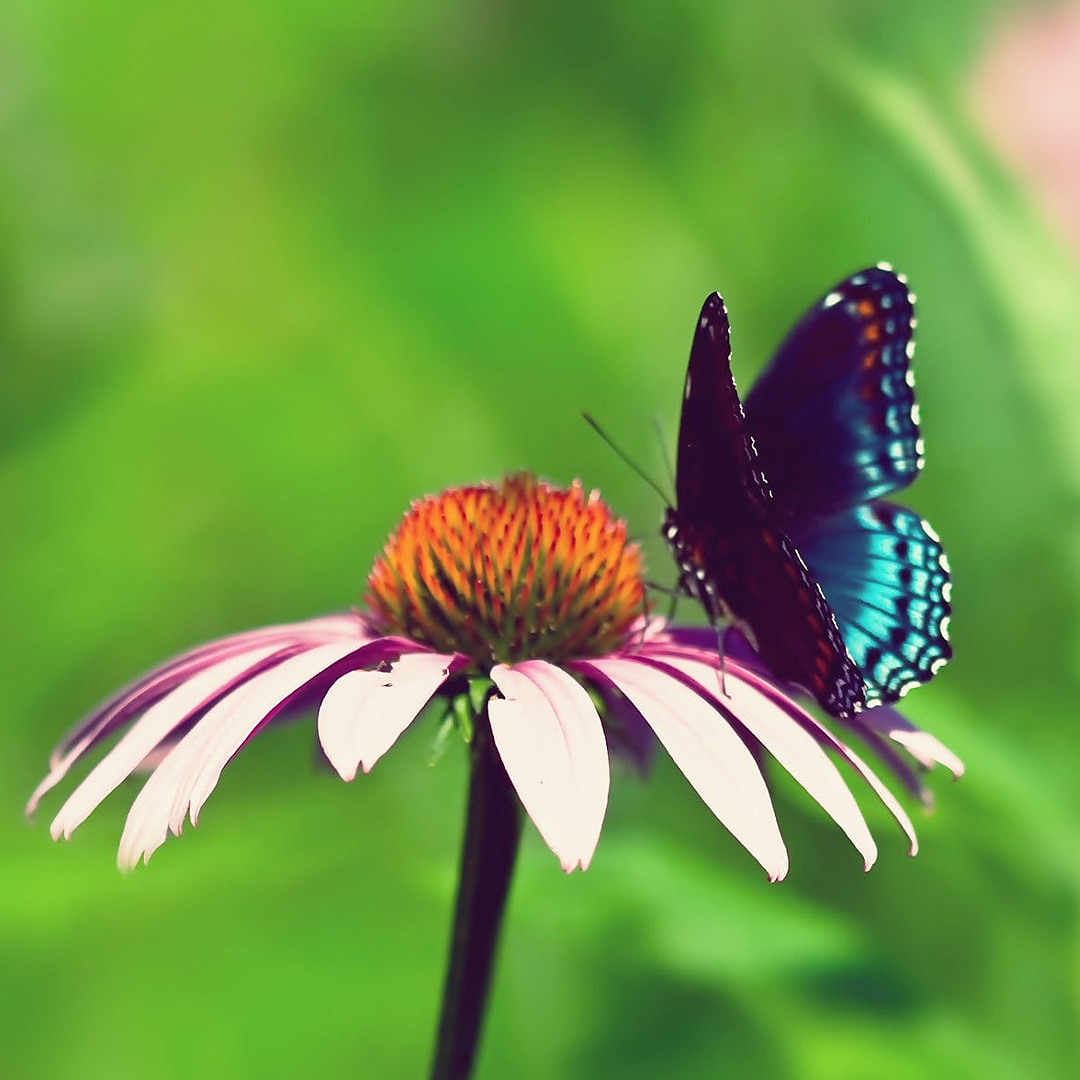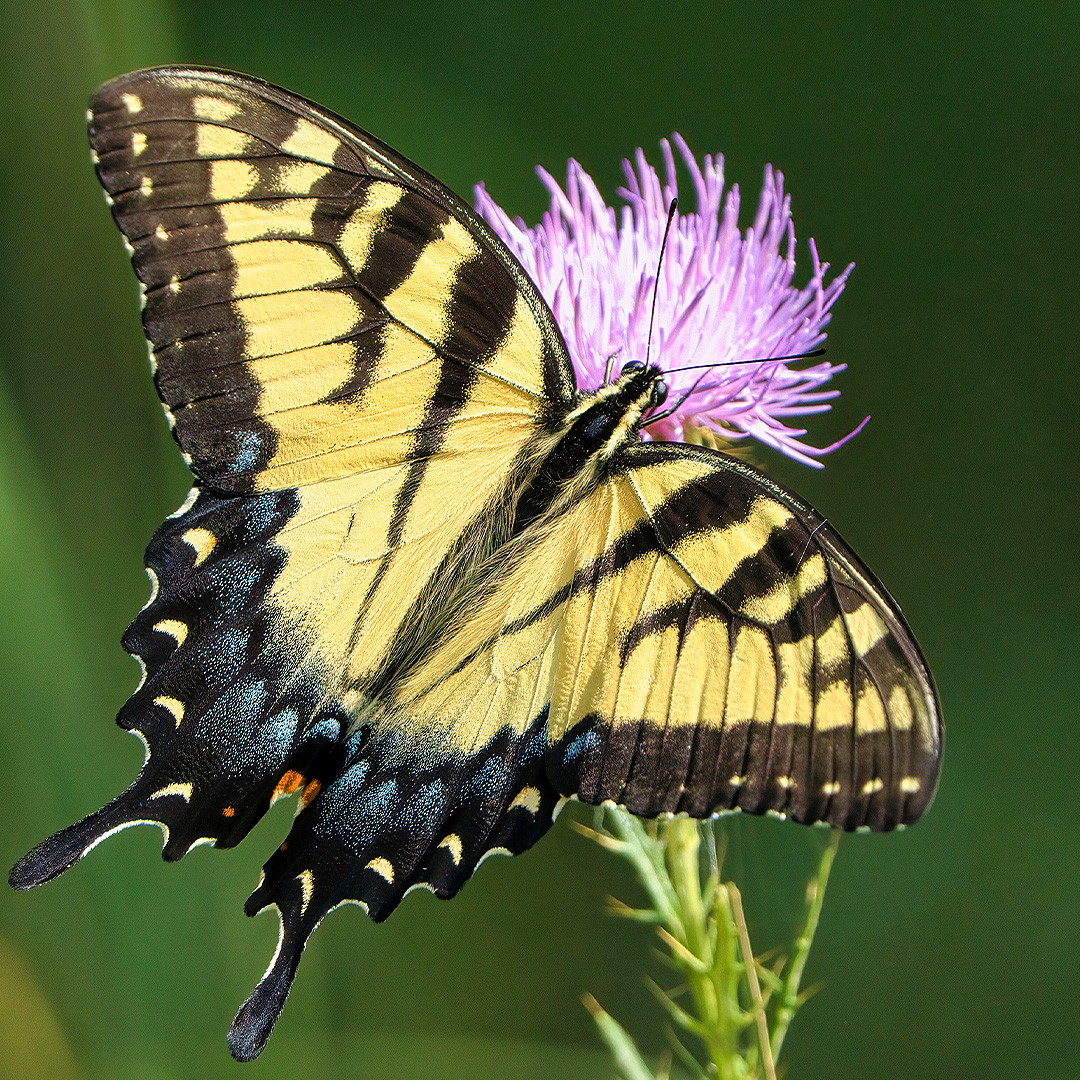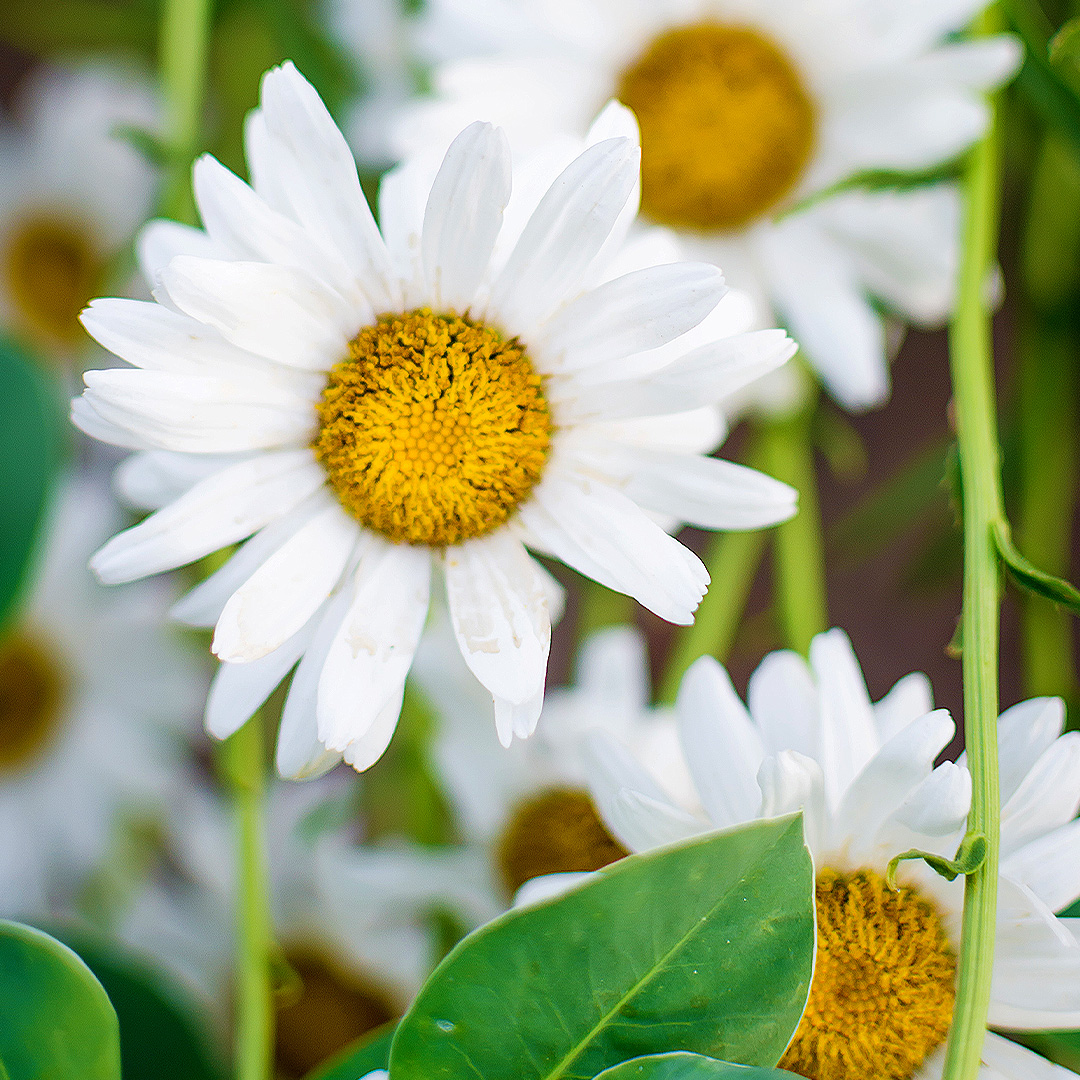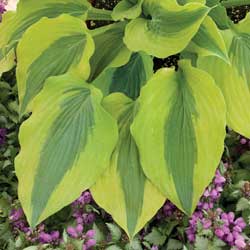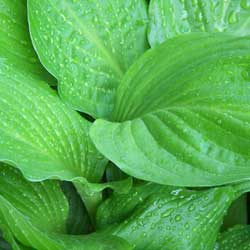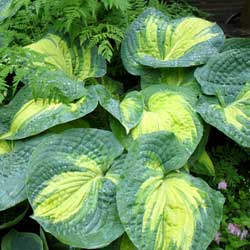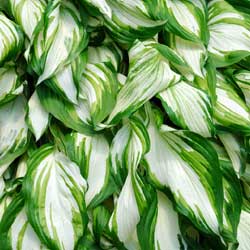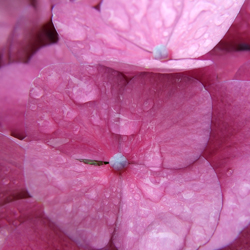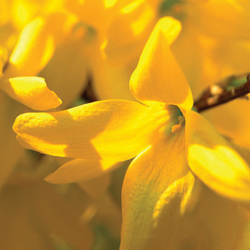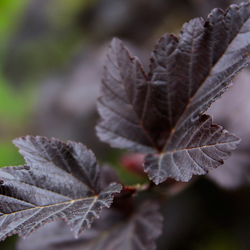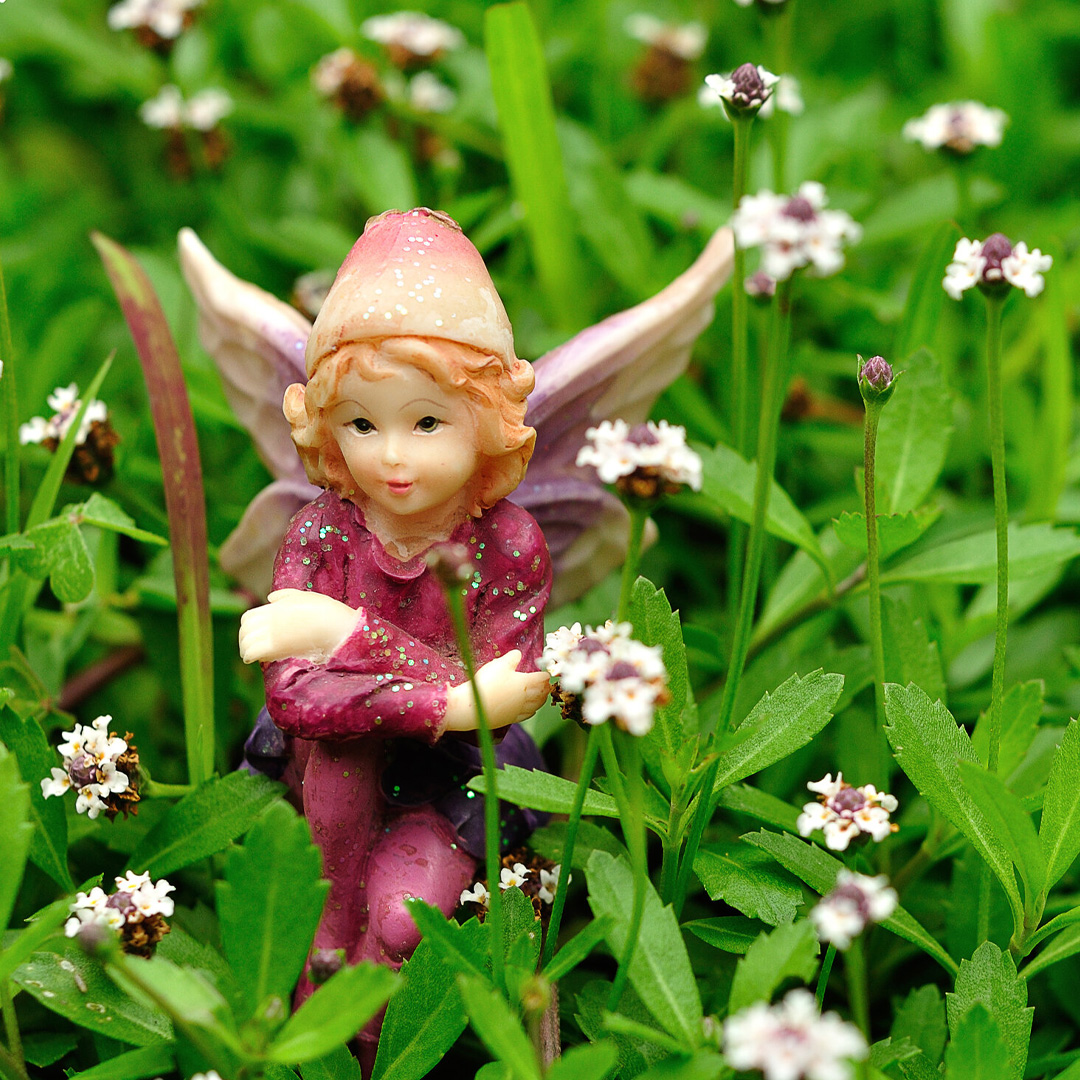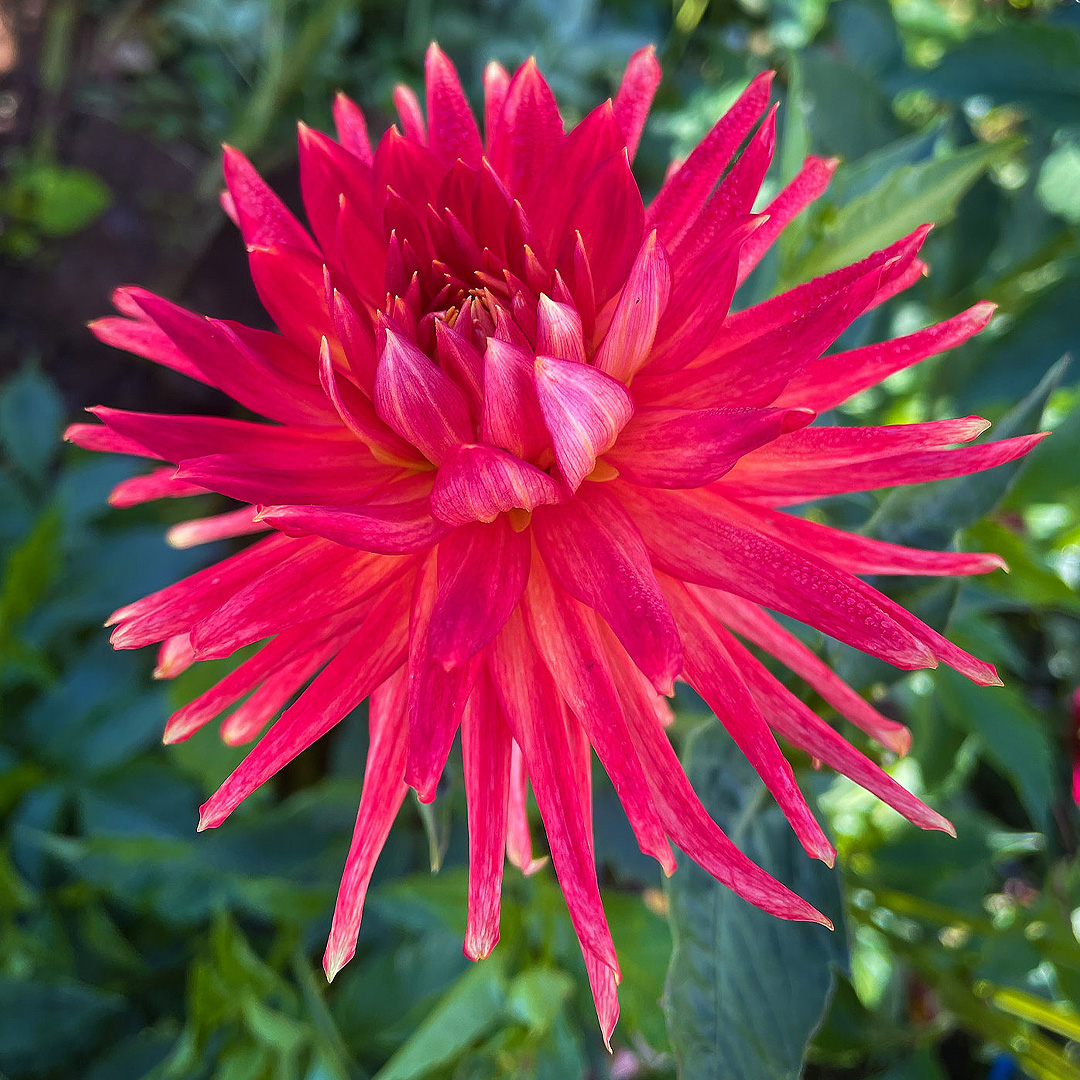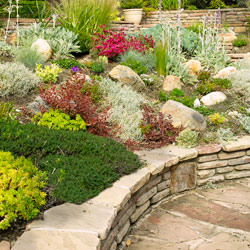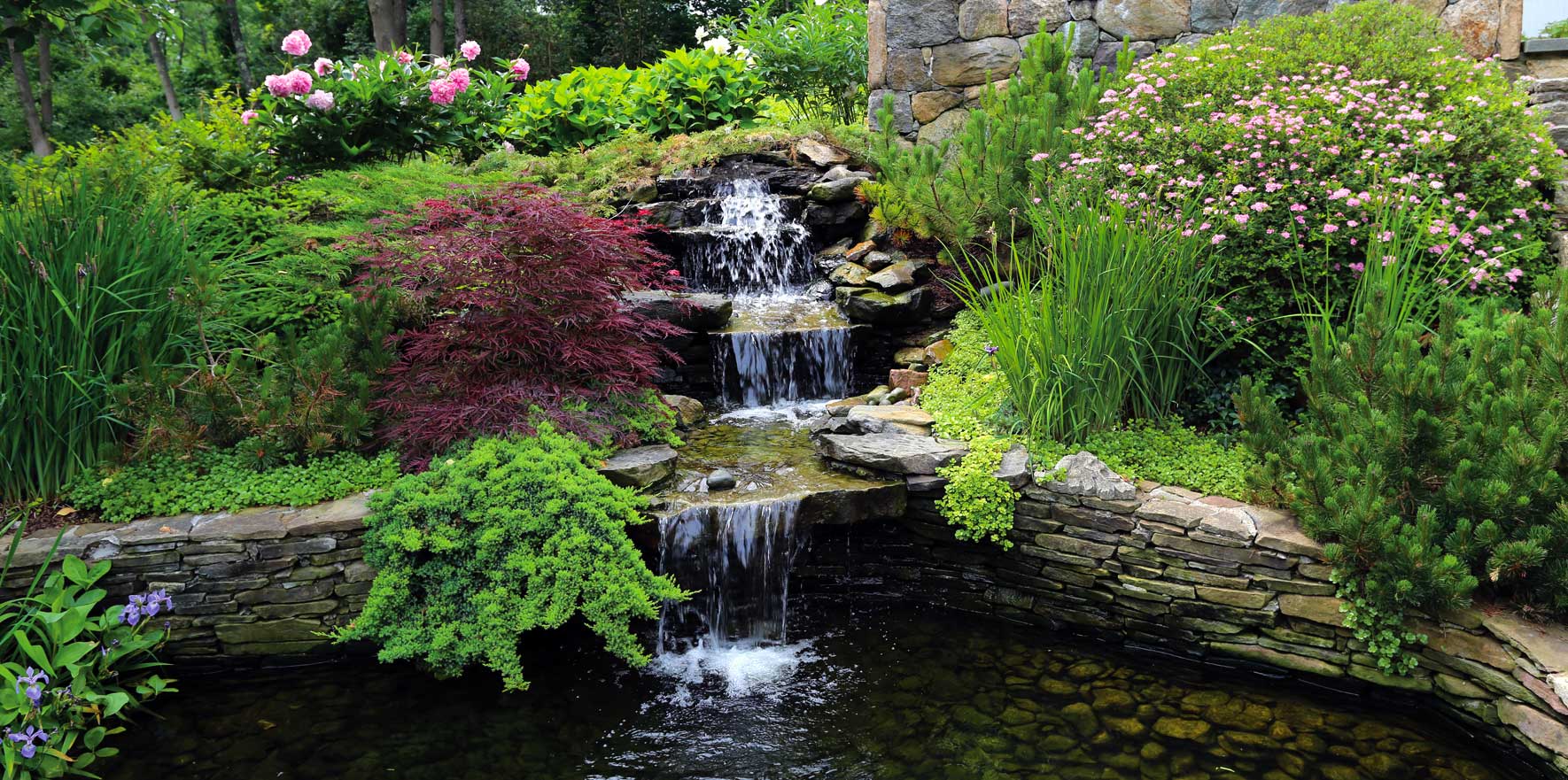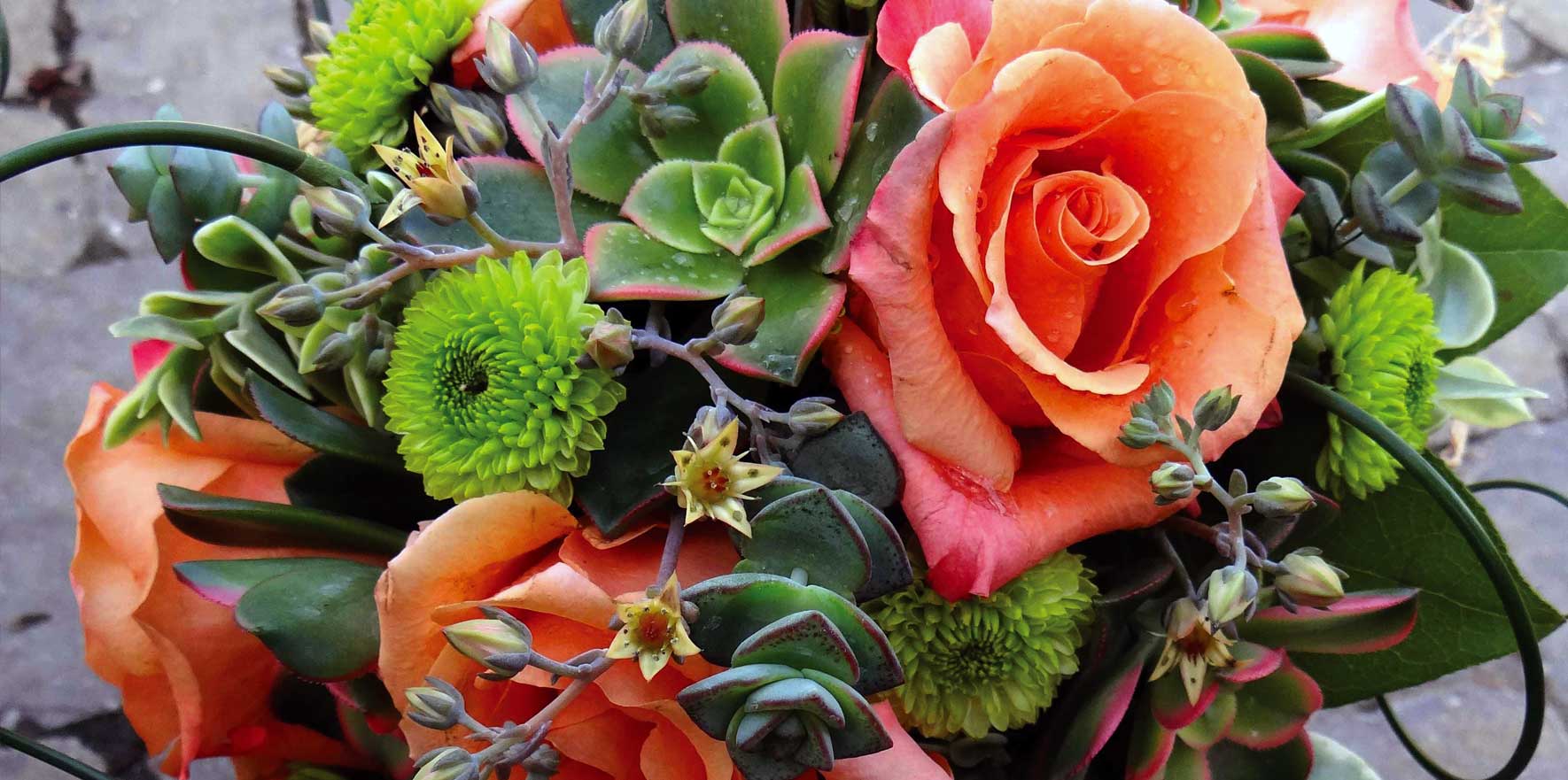Perennials may not be the best showstoppers in a garden full of annuals, but they make great foundation plantings to serve as a reliable backdrop or trusty fillers among other plants. There’s no reason you can’t select perennials that are just as beautiful as your favorite annuals, however, it’s just a matter of choosing the flowers that pack the most punch and using them appropriately.
Best Perennials to Choose
When choosing a perennial to fill an empty space in your garden, make sure to get the most bang from your buck by selecting one, or several, long-blooming perennials. These flowers will be worthwhile additions to your landscape for their ongoing staying power, giving you a reliable backdrop and structure to build from.
- Achillea (Yarrow)
- Alcea (Hollyhock)
- Anemone (Wind Flower)
- Asclepias tuberosa (Butterfly Weed)
- Campanula (clips series)
- Clematis ‘Jackmani’
- Coreopsis (Tickseed)
- Corydalis lutea (Yellow Bleeding Heart)
- Delosperma (Ice Plant)
- Dicentra exima (Bleeding Heart)
- Doronicum
- Echinacea (Coneflower)
- Gallardia (Blanket Flower)
- Gaura (Wand Flower)
- Geranium ‘Johnson Blue’
- Helenium (Helen’s Flower)
- Heliopsis (Sunflower)
- Hemerocallis ‘Stella D’Oro’ (Daylily)
- Hemerocallis ‘Happy Returns’ (Daylily)
- Kniphofia (Red Hot Poker)
- Lavender
- Liatris spicata (Gayfeather)
- Ligularia (Ragwort)
- Lobelia cardinalis (Cardinal Flower)
- Lythrum (Loosestrife)
- Malva (Mallow)
- Monarda (Bee Balm)
- Nepeta (Catnip or Catmint)
- Oneothra ‘Siskiyou’ (Evening Primrose)
- Perovskia (Russian Sage)
- Rudbeckia (Coneflower)
- Salvia (most verticillata)
- Scabiosa (Pincushion Flower)
- Shasta Daisy ‘Becky’ or ‘Snow Queen’
- Stokesia (Stoke’s Aster)
- Veronica (Speedwell)
Using Your Blooming Perennials
To make your perennials truly pop, it’s important to position them in your landscape where they will show to their best advantage. Popular options include…
- Filling in between showstopping annuals with perennials that will grow and bloom to cover fading blooms after the annuals are finished.
- Adding blooming perennials in front of a hedge, fence or privacy screen for extra coverage with a dash of color.
- Using perennial flowers as a backdrop for lower annual plantings along a house foundation or in other flowerbeds.
- Creating a naturalized lawn or meadow-like area full of different perennials for a low-maintenance option that still stuns.
- Planting perennials in hard-to-tend areas, such as alongside a water feature, in tight corners or on terraces so they can be gorgeous with less maintenance.
With so many options for lovely perennials that can be used in many different ways in the landscape, there’s no excuse not to enjoy these easy-care flowers for many years!
